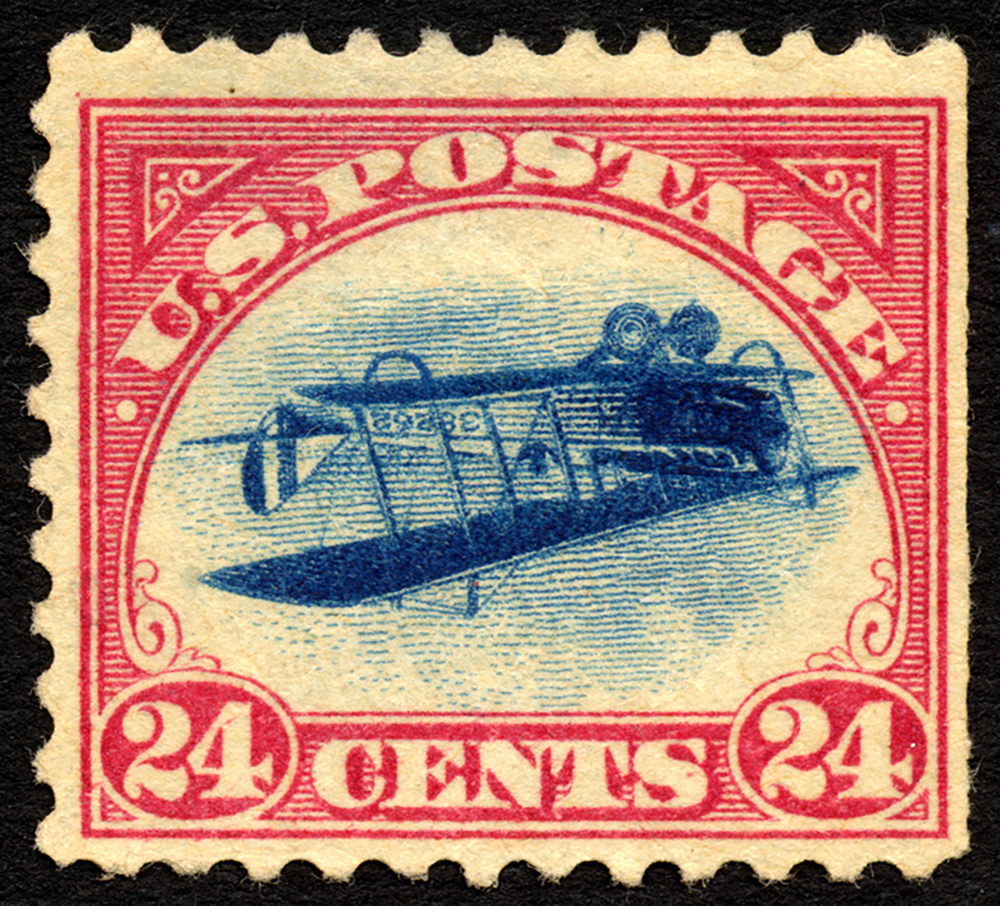Shore Collectibles
By Douglas Keefe
As I wrote last in the last issue, errors in any other business cost time and money to correct the error. But as I also showed, in the collectible realm, errors can be money, sometimes big money. I used coins, currency, stamps and cards as examples where errors occur and their cause, and in those cases, something went wrong while making those items, usually out of the control of the person in charge of the operation. While all the examples I listed last week should have been caught before being released, they went out and hence collectors look for them and view them as something of value.

The other two, mistakes and goofs (I sometimes call them pre-meditated carelessness) required a person to do something he or she should not have done, the human factor. Using the same categories as last week, I’ll give some examples.
For coins, some people like to use the 1943 copper cents and the 1944 zinc cents as examples of mistakes. I don’t agree because as far as I’m concerned, the mint workers were just using up blanks left over from the previous year. Waste not, want not. My example of a major mistake is when, in 2000 during the minting of the Sacagawea Dollar, someone at the mint installed a obverse (face) die of the Washington quarter, resulting in a Washington quarter front and Sacagawea dollar reverse. This occurrence is called a “mule” because it’s a pairing that shouldn’t have happened. That is a major mistake, and if it wasn’t done intentionally, someone was really asleep at the wheel.

With currency, my favorite example is the double denomination bills, where the front was printed in one denomination and the reverse with another denomination. I have seen a few of these where there was a $10 front and $1 reverse; a $5 front and a $10 reverse a $20 front and a $10 reverse, any combination is possible, but shouldn’t happen, and more importantly, shouldn’t get past the inspectors. Printing currency is a 3-step process with notes being printed in sheets of 32. First the front is printed, then the back and finally the serial numbers and seal are added. I guess someone got confused and stacked a sheet printed with the face design in the stack of sheets for a different denomination. Quality control wasn’t working.

MY favorite stamp mistake (goof) occurred when the post office first printed airmail stamps. In 1918 if was decided to start sending mail by airplane, so special stamps were designed for that purpose because mailing by air was faster but more expensive, so higher value stamps were needed and the notation “Air Mail” included on them. The first stamps were 8 cents, 16 cents and 24 cents, difference in value covered the difference in distance the letter was to travel. The design chosen was an image of a bi-plane, the Curtis Jenny, with the 8 cent stamp printed in orange ink and the 16 cent in green ink. It was decided the higher value stamp, the 24 cent should have a better appearance, so it was to be printed in 2 colors, a carmine outline with a blue airplane. This involve a 2-step process, one for each color. All tree designs were printed in 100 stamp sheets. And as Murphey predicted (you remember Murphey’s law) one sheet of the 24 cent stamp was printed upside down. One person bought the entire sheet of 100 stamps for $24, which today a single copy can bring a million dollars.
The final example which is baseball cards is subject to speculation as to what happened. The card in question is the tobacco card from 1910 of Honus Wagner. There is some theory that the card should not have been released, it should have been pulled, no one knows for sure. But what is known is the surviving examples are worth big bucks.
So, your opinion, mistake or carelessness?






